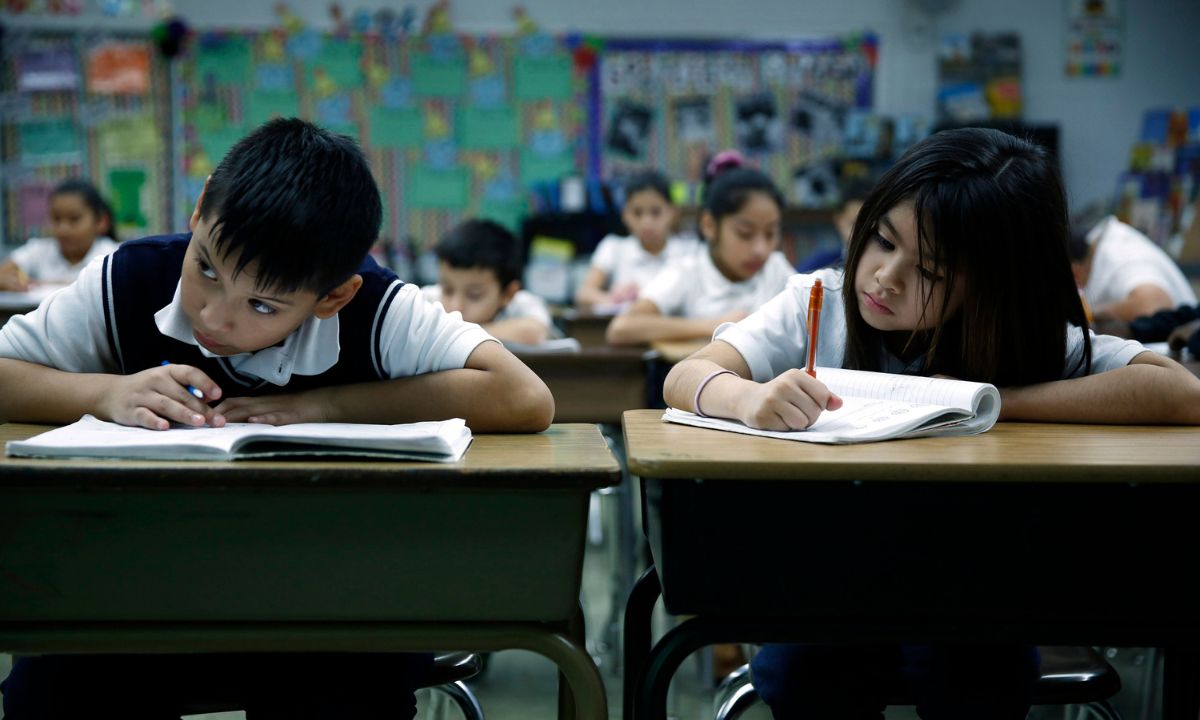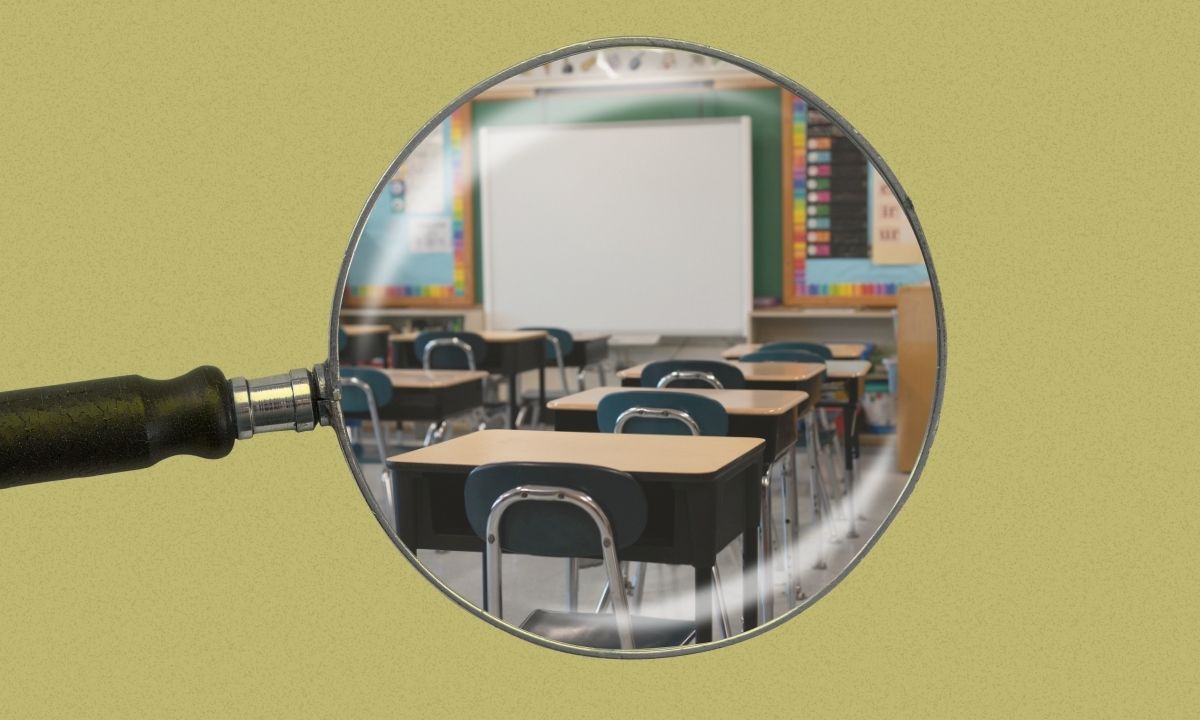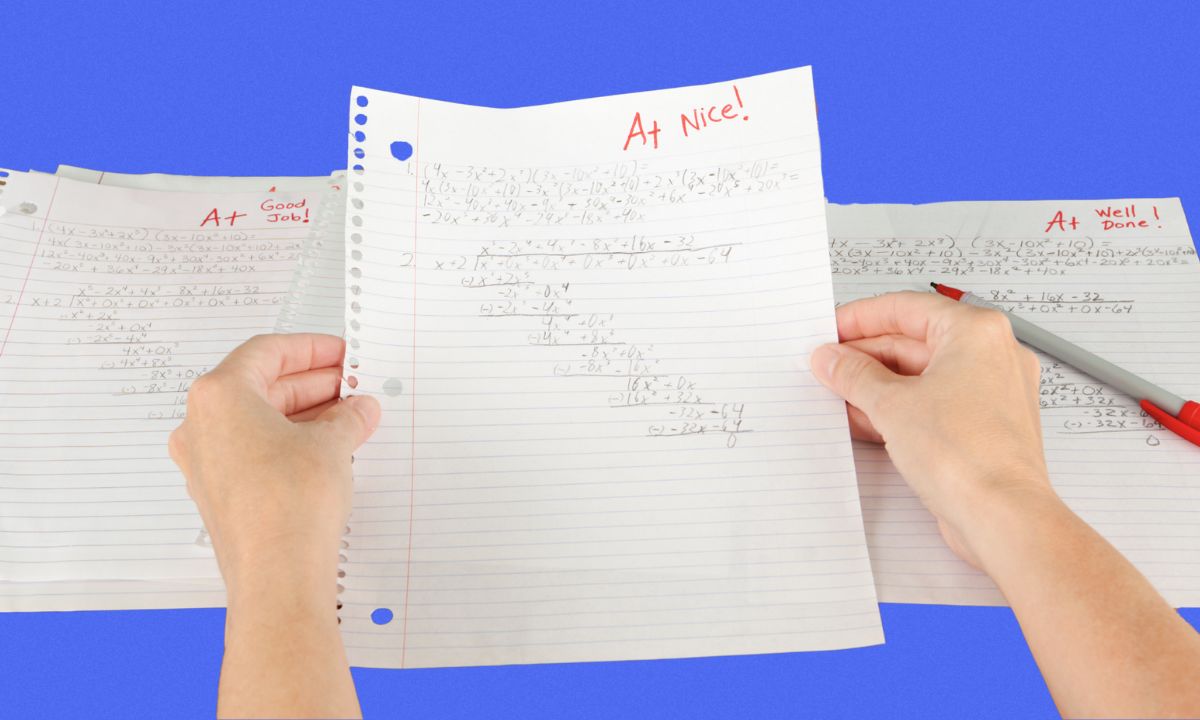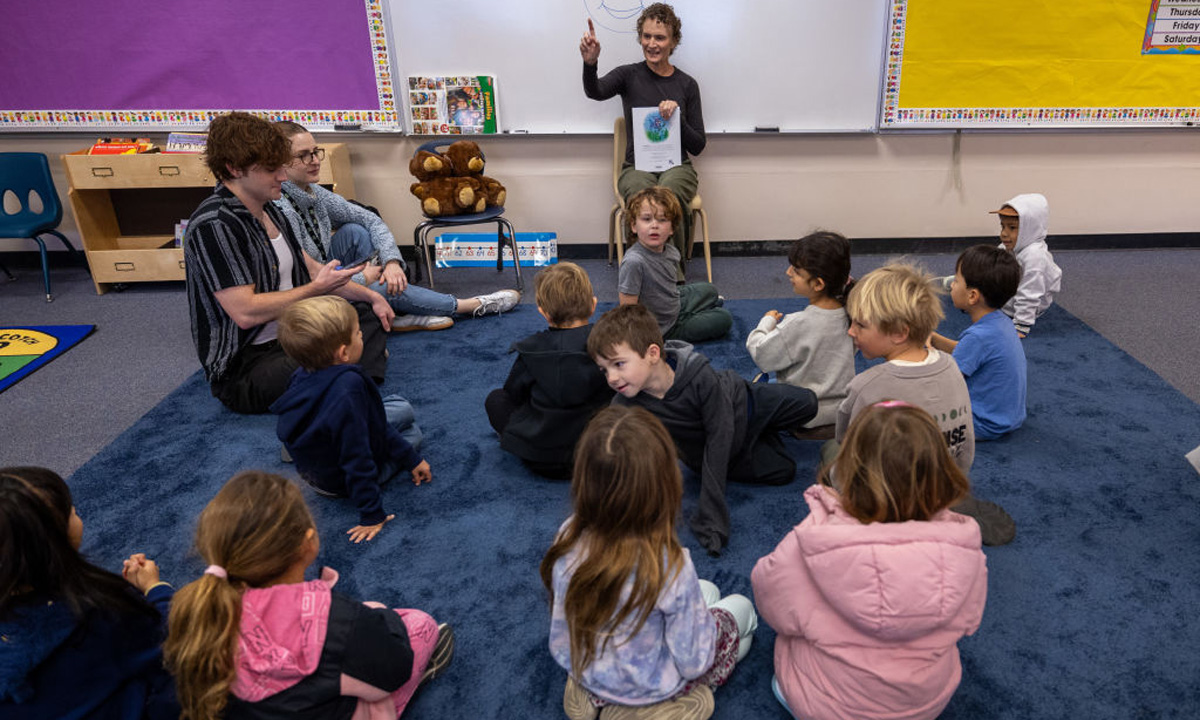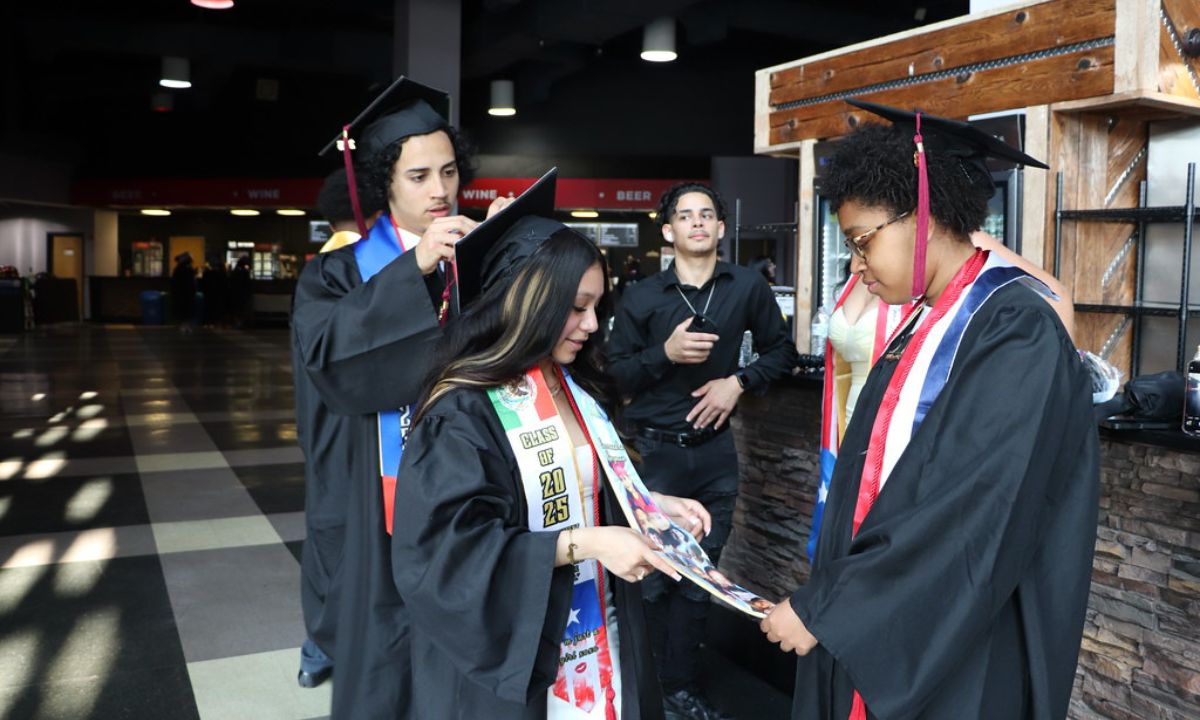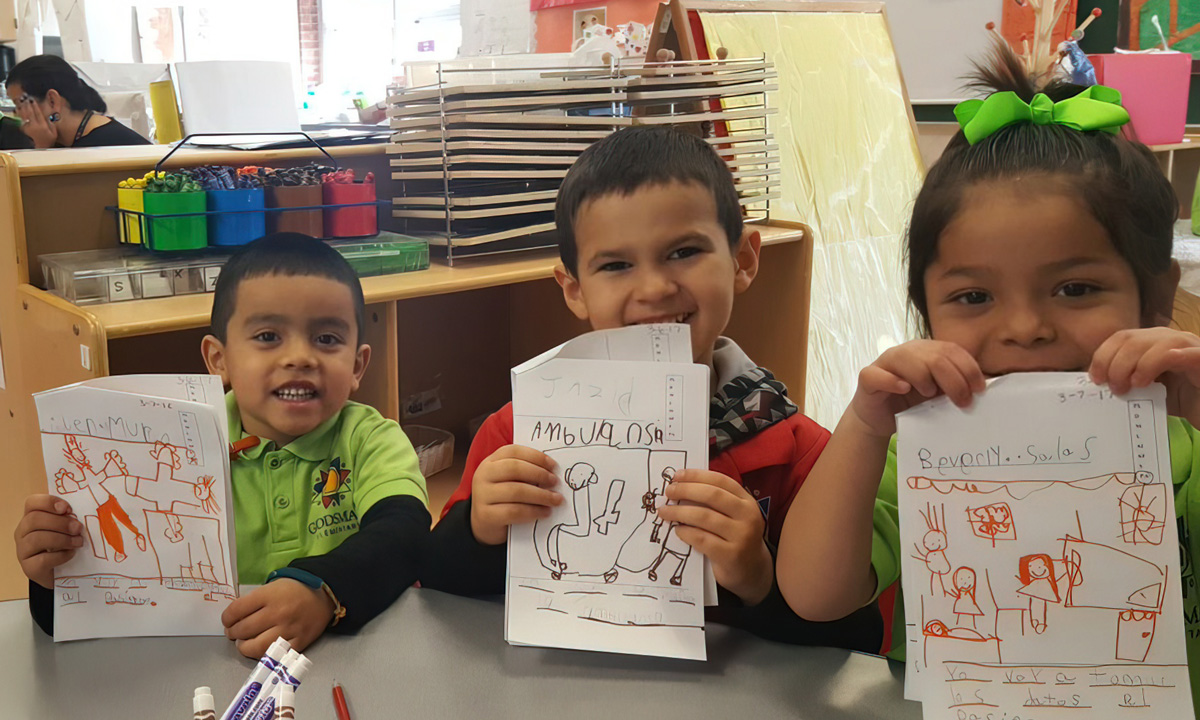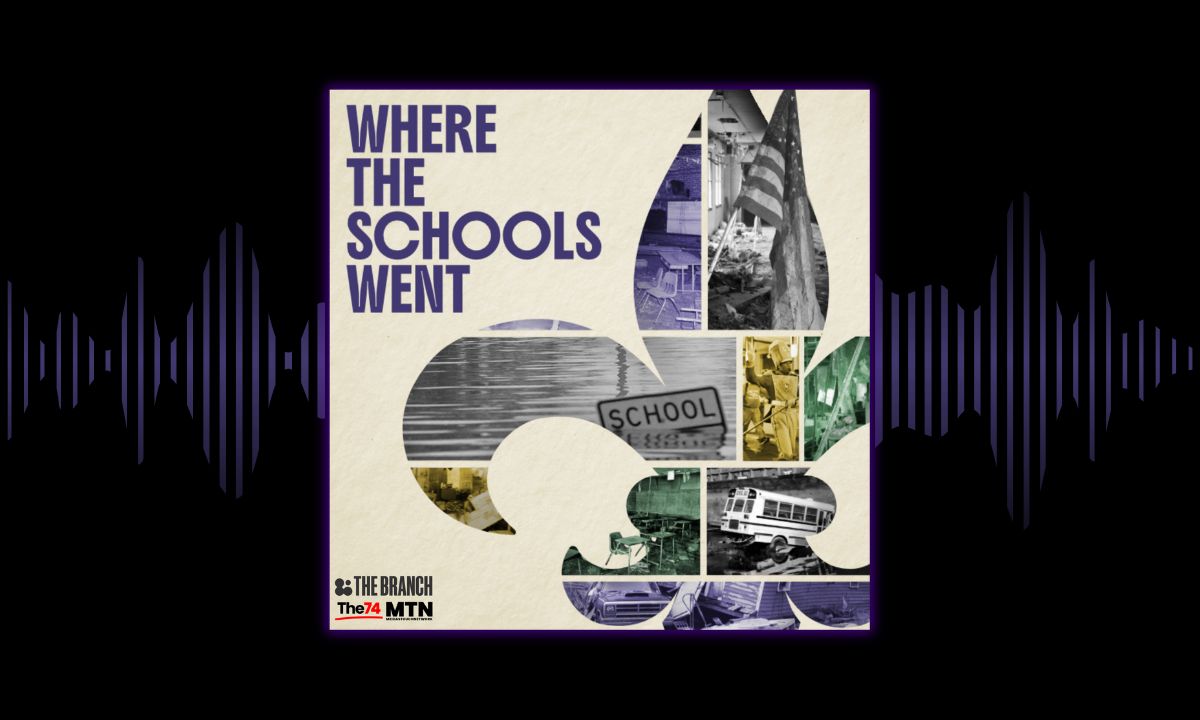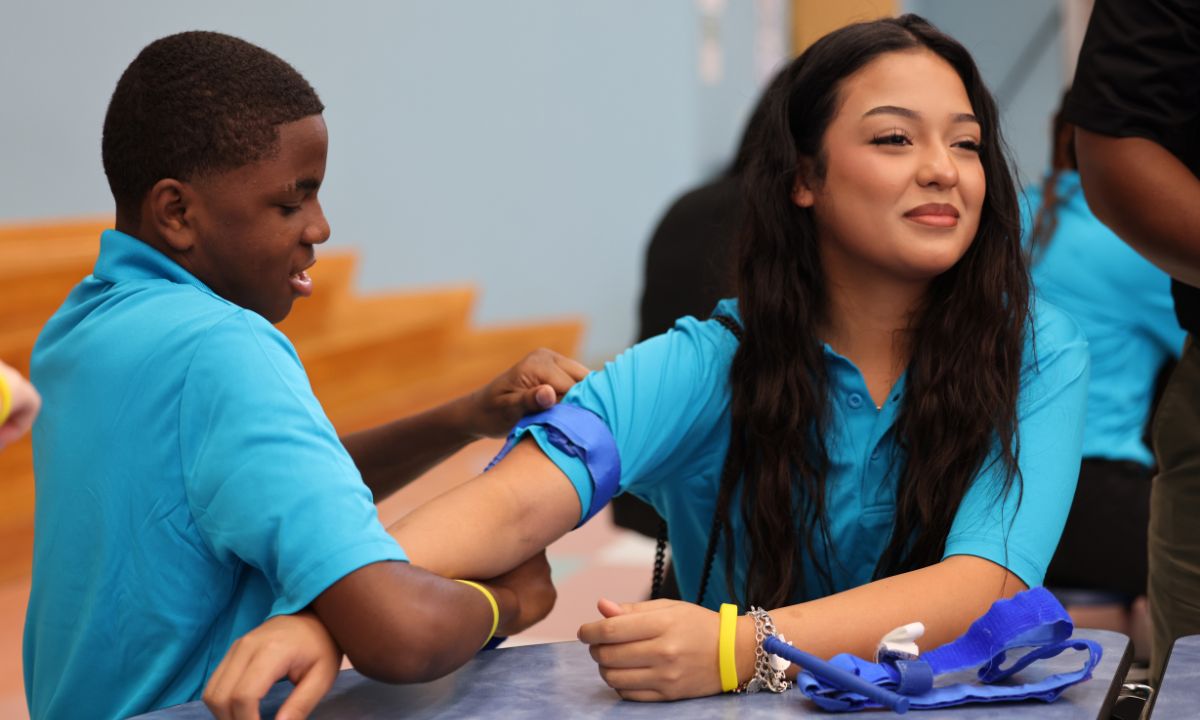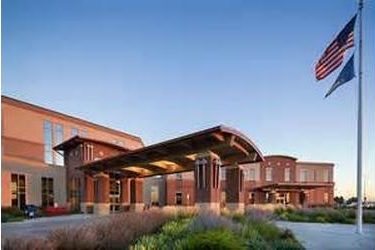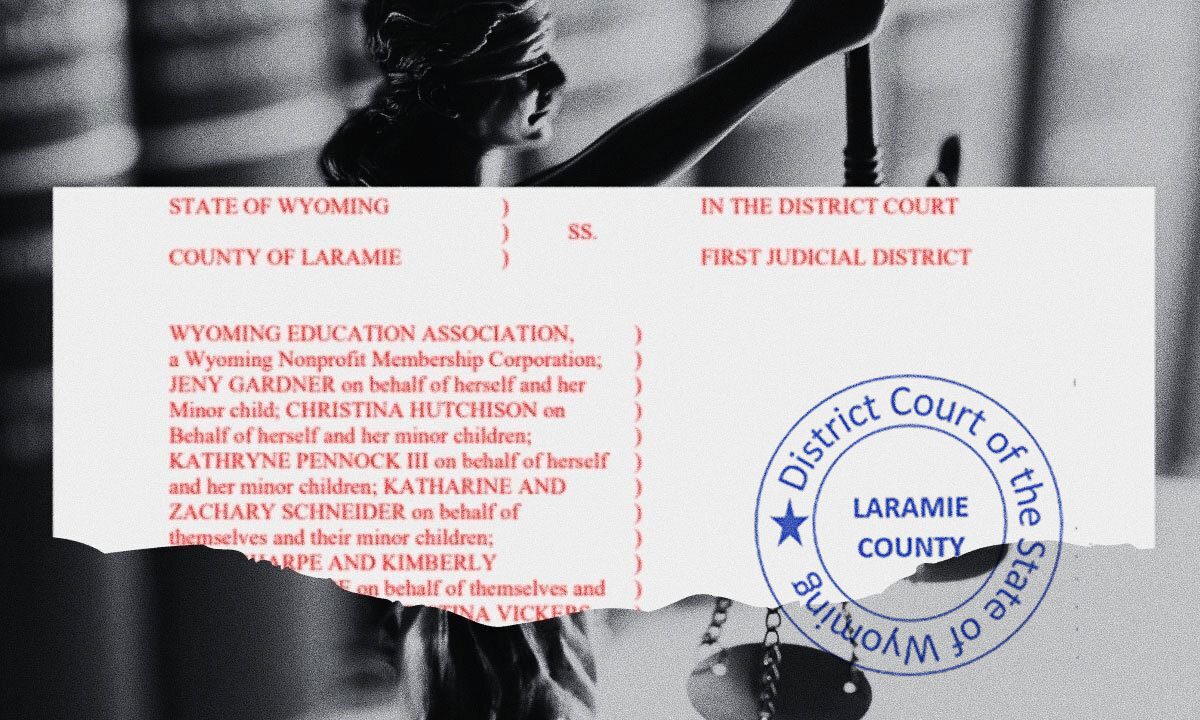The last six months have been a time of grief and destruction for New York teachers who work with immigrant pupils. When a Bronx high school student wasdetainedat an immigration check-in, waves of anxiety rose throughout our immigrant and educator communities. Who would come next?
Teachers and school counselors witness kids of all ages struggling on a daily basis with the anxiety and uncertainty brought on by their experience as migrants or immigrants. Given what our nation’s leaders are saying, how can we reassure children that they belong?
We can find some answers to these everyday issues near home, even in the face of the government climate of cruelty, the fear of mass deportation, and billions in potential budget cuts for K–12 education. We have developed useful guides and resources for aspiring and in-service educators in our state as educators from the City University of New York Initiative on Immigration and Education (CUNY-IIE).
When the school year starts up again, these temporary fixes will undoubtedly be beneficial. However, they are insufficient. It will be up to the states to step in and offer programming and access for all of their children, as the federal government is about to stop supporting programs that include assistance for English language learners.
To better prepare educators for this time, we are urging the state legislature in Albany, New York, to pass two laws in the next session that will formalize the support for our immigrant students.
At the moment, immigration law and policy and how they relate to education are not required subjects in New York State’s educator training programs. Therefore, many teachers believe they are ill-equipped to properly instruct and assist pupils of immigrant descent. This needs to be altered.
Democratic State Senator Robert Jackson introduced Bill S881 during the previous session, while Gabriella Romero, a member of the Democratic Assembly, introduced Bill A8033. Both of these legislation mandated that all college curricula provide instruction on immigration policy and immigrant integration. Teachers would also receive training on how to teach students of immigrant descent in multiple languages.
The same lawmakers introduced the second bill, S1025 and A8034, which mandated that administrators and instructors receive ongoing training on trauma-informed methods in order to support immigrant pupils. The purpose of this law was to guarantee that educators receive frequent training on effective methods for assisting pupils who could be carrying trauma related to immigration into the classroom.
Our teachers, administrators, and school counselors would be better prepared to serve immigrant students if these proposals were passed in the next legislative session, even though they were not given committee consideration in the current one. New York would be among the first states to require teachers to discuss immigration if these proposals are passed, establishing a national norm for educational initiatives.
This would then serve as a signal to other states, especially those with sizable immigrant populations, that comparable policies must be implemented in order to guarantee that teachers are properly prepared to instruct pupils of foreign origin.
Since the literacies of citizenship are ingrained in the foundation of our Constitution and the historical cartography of our nation, educating about immigration and the immigrant experience affects everyone. Teaching about U.S. immigration and the immigrant experience is about sustaining and amplifying our democracy, and it is particularly imperative in spaces in and outside of the classroom where immigrant voices may not be at the center.
CUNY-IIE will continue to provide resources to better educate teachers in preK through 12th grade as we wait for New York state lawmakers to take the proper and required action. Supporting Immigrants in Schools: Trauma-Informed Practice is a professional development module created by a bilingual third-grade teacher in Washington Heights for CUNY-IIE. Schools throughout the state can utilize the curriculum to help teachers identify and address the possibility that immigrant pupils have suffered trauma.
Additionally, CUNY-IIE has created a guide for instructors preparing to teach at the higher education level. Regardless of their educational area, higher education teachers can use this multimodal immigration-focused resource for their classroom when our team releases it in the autumn.
Our program also brought together 10 education faculty members from across the CUNY and SUNY systems. Since nearly all teachers work with immigrant pupils, they revamped their course curricula to make sure immigration is covered. Additionally, the professors created an assignment with an immigrant focus. One teacher intends to assign pupils to conduct historical study on a recent or established immigrant community in their area.
This is, of course, all triage. The daily barrage of deportations, immigration restrictions, and intentionally cruel policies of this second Trump administration are being met with our best response. The education of children born to immigrant parents or those who have just moved to New York State must be a top focus because immigrants continue to play a significant role in NYS communities.
Because we see the critical necessity, we have already begun this task. To make sure that instructors are ready and that immigrant pupils are not treated like an afterthought, it is now time for policymakers to implement fundamental improvements to our educational system.
